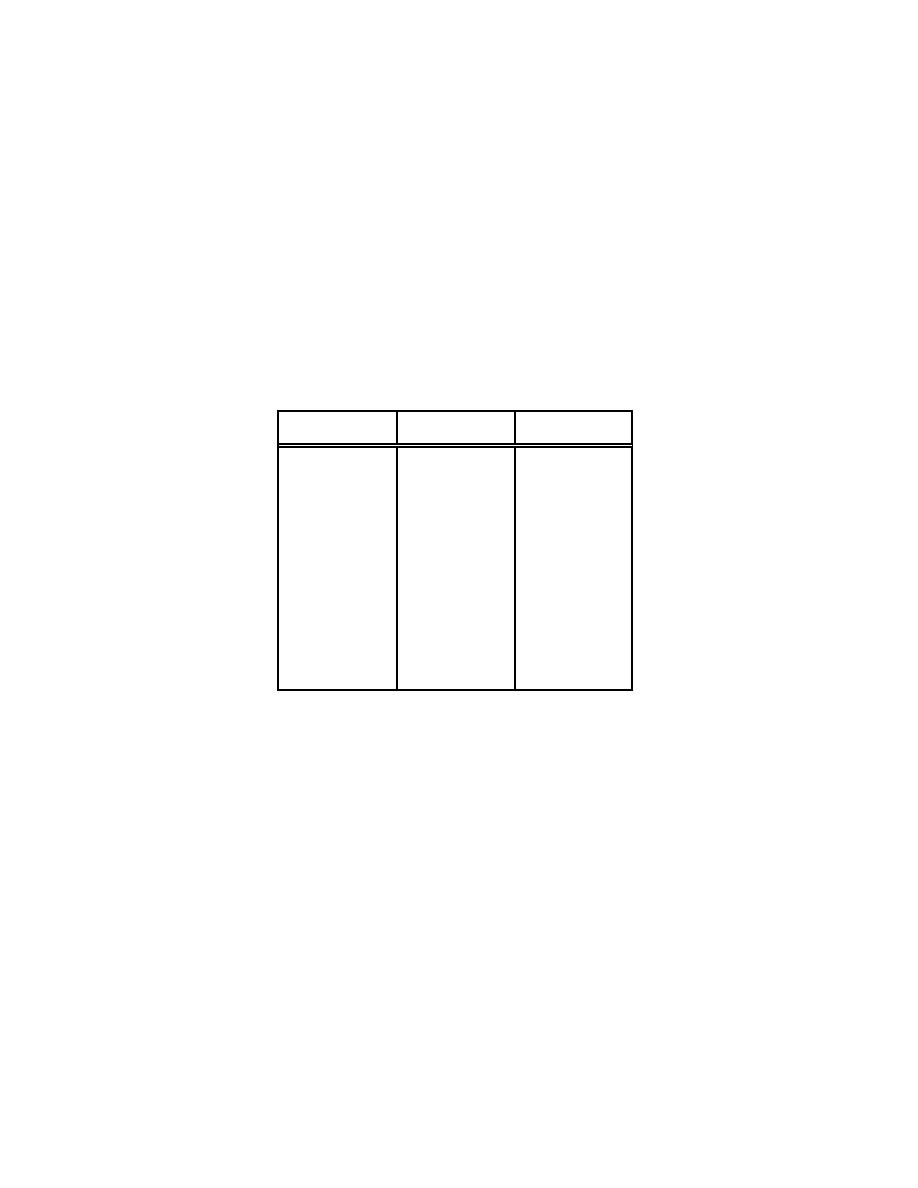 |
|||
|
|
|||
|
Page Title:
Table 5-1. ARFs from Burning of Packaged, Contaminated, Mixed , Combustible Wastes |
|
||
| ||||||||||
|
|  DOE-HDBK-3010-94
5.0 Surface Contamination; Contaminated, Combustible Solids
The pre-contaminated wastes were packaged in a plastic bags and sealed in an 18-in. x 18-in.
x 24-in.-high cardboard carton. The carton was placed on a grille-like holder shown in
Figure A.42 in Appendix A in a 10-ft diameter x 10-ft tall stainless steel vessel system
shown in Figure A.3. The carton was ignited and allowed to burn to self extinguishment
under natural convection. Fractional airborne release was determined by collecting airborne
material at the vessel outlet on the ceiling. The results are reproduced in Table A.46 in
Appendix A and the relevant data shown in Table 5-1.
T ab le 5-1. A R F s from B urn in g of P ack aged , C on tam in ated , M ixed ,
C om b u stib le W astes
(T ab le II - M ishim a an d S ch w en d im an , A p ril 1973)
M ass U , g
U Cpd.
ARF
9.1
UO2
5.3E-4
a.d. UNH1
25.2
3.0E-5
UNH2
25.5
8.3E-5
25.5
UNH
4.7E-5
64.1
UO2
1.7E-4
51
UO2/UNH
4.1E-5
25.5
UNH
3.0E-5
50.2
UO2
5.2E-5
25.5
a.d. UNH
1.5E-4
51
UNH
1.5E-4
51.6
1.5E-4
UO2
1
a.d. UNH = air dried uranyl nitrate hexahydrate
2
UNH = uranyl nitrate hexahydrate
The ARFs range from 3E-5 to 5E-4, roughly an order of magnitude. No differences for
compound are discernible from the limited data set. The maximum ARF measured was
5E-4. The median value is 8E-5 with an average ARF of 1E-4.
Contamination was also measured on the floor and walls following the runs and is listed in
Table A.46. As previously noted in the discussion of ARF in the Introduction to this
handbook, some of the contamination was observed to come from burning fuel material
directly ejected from the fire. Some of the contamination detected on the walls may also
have been airborne contamination or contamination entrained in soot agglomerations that
deposited during the experiments. Floor and wall deposition were not included in the ARF
reported for several reasons. First, it was not possible to clearly distinguish between the
remains of burning fuel ejected from the fire, which is not airborne material, and other
potential sources of contamination. Secondly, any plateout in the immediate vicinity of the
fire is considered a generic phenomena. Considering that many more deposition surfaces
Page 5-12
|
|
Privacy Statement - Press Release - Copyright Information. - Contact Us |